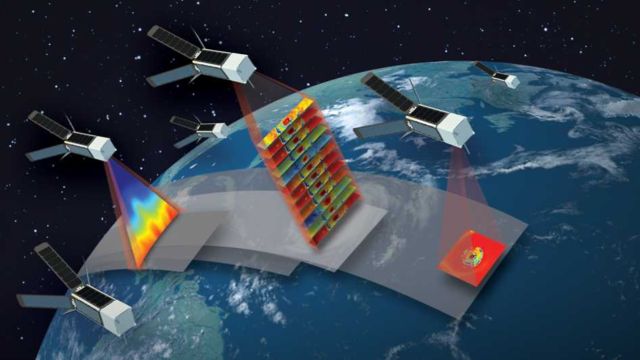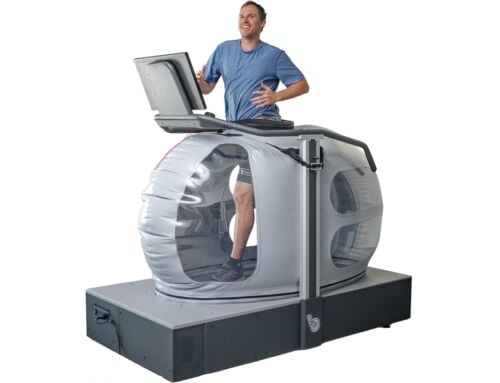NASA small CubeSats satellites will take a better look at Earth.
Beginning this month, NASA is launching a suite of six next-generation, Earth-observing small satellite missions to demonstrate innovative new approaches for studying the weather in our changing planet.
Artist’s concept of the TROPICS mission, which will study hurricanes with a constellation of 12 CubeSats flying in formation. Credit: MIT Lincoln Laboratory
These small satellites range in size from a loaf of bread to a small washing machine and weigh from a few to 400 pounds (180 kilograms). Their small size keeps development and launch costs down as they often hitch a ride to space as a “secondary payload” on another mission’s rocket — providing an economical avenue for testing new technologies and conducting science.
Thomas Zurbuchen, associate administrator of NASA’s Science Mission Directorate in Washington, said:
“NASA is increasingly using small satellites to tackle important science problems across our mission portfolio. They also give us the opportunity to test new technological innovations in space and broaden the involvement of students and researchers to get hands-on experience with space systems.”
source JPL






Leave A Comment